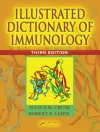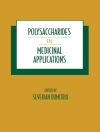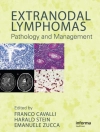The introduction of chlorpromazine in 1953, and haloperidol in 1958, into clinical practice dramatically altered the therapy of schizophrenic patients. Although representing by no means a cure for this severe psychiatric ill- ness, it allowed, for the first time, to adequately control the severe hallu- cinations and delusional beliefs which prevent these patients from leading a more or less independent life. Indeed these antipsychotics (and the many congeners that were to follow) significantly reduced the number ofchronic schizophrenic inpatients in psychiatric clinics all over the world. However soon after their introduction it became clear that, like all other available drugs, antipsychotics were by no means miracle drugs. In fact, two major problems appeared. First, the antipsychotics had very little effect on the so-called negative or defect symptoms, like social isolation, apathy and anhedonia, and secondly virtually all antipsychotics produced a number of side-effects, of which the neurological (often called extra- pyramidal) side-effects were the most troublesome. Especially the tardive dyskinesia, which occurred in about 15 to 20% of the patients after pro- longed treatment, represented a major problem in the treatment of schizo- phrenic patients.
Alexander R. Cools & Bart A. Ellenbroek
Atypical Antipsychotics [PDF ebook]
Atypical Antipsychotics [PDF ebook]
购买此电子书可免费获赠一本!
语言 英语 ● 格式 PDF ● ISBN 9783034884488 ● 编辑 Alexander R. Cools & Bart A. Ellenbroek ● 出版者 Birkhauser Basel ● 发布时间 2012 ● 下载 3 时 ● 货币 EUR ● ID 6290792 ● 复制保护 Adobe DRM
需要具备DRM功能的电子书阅读器












